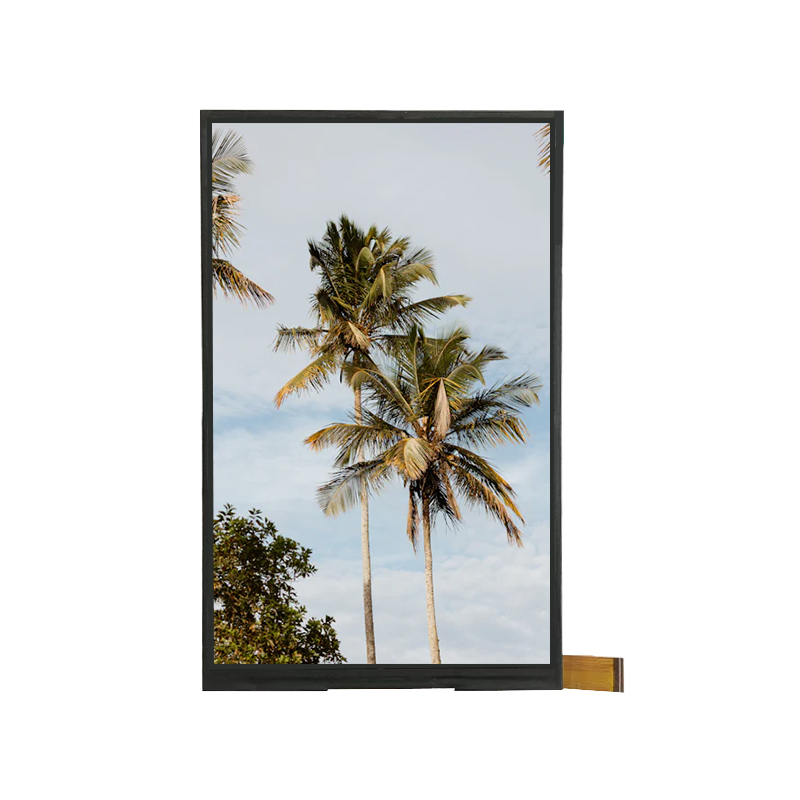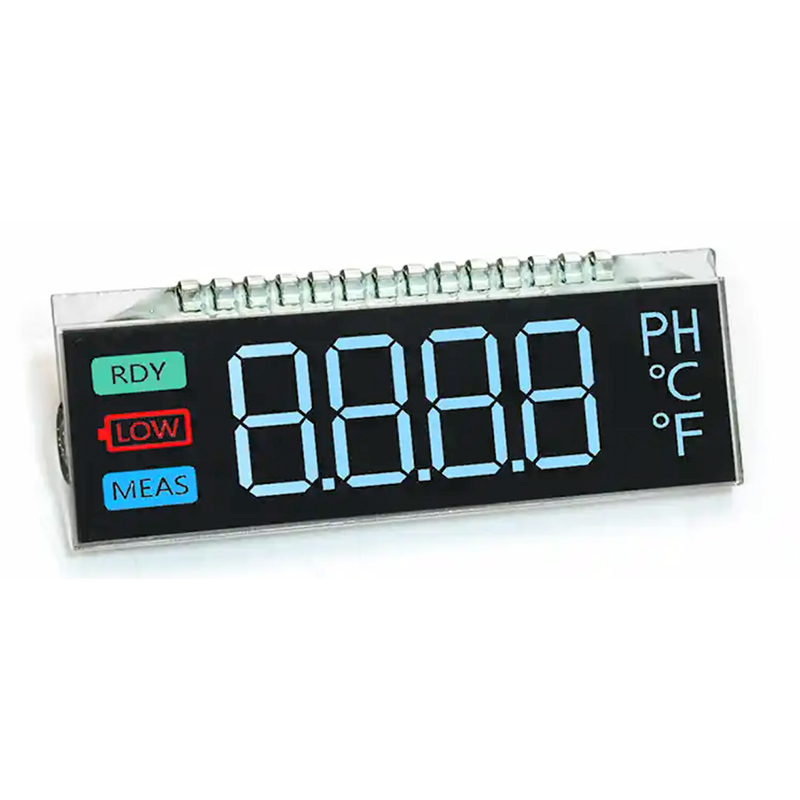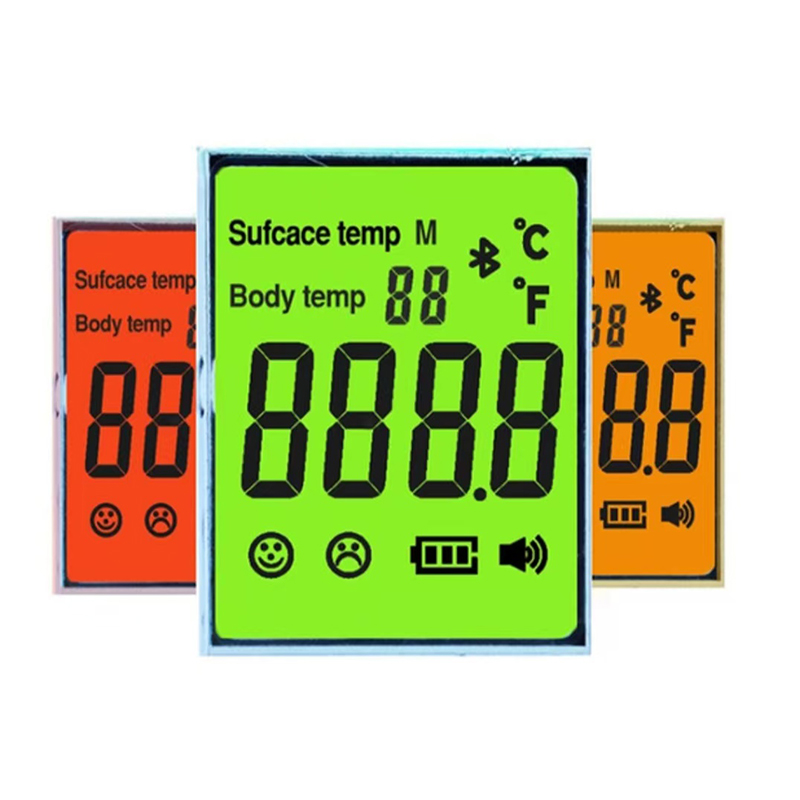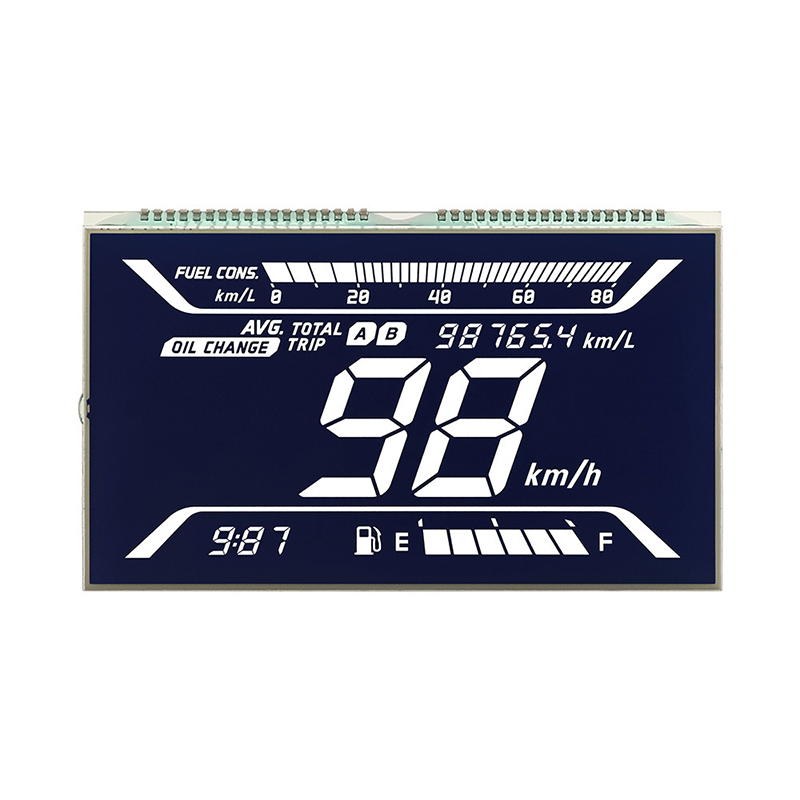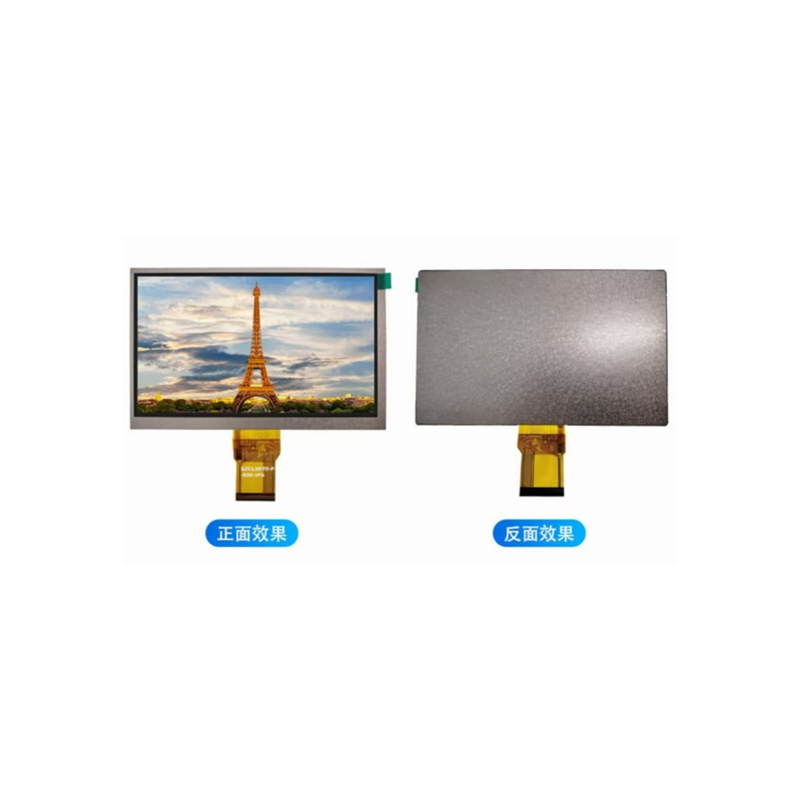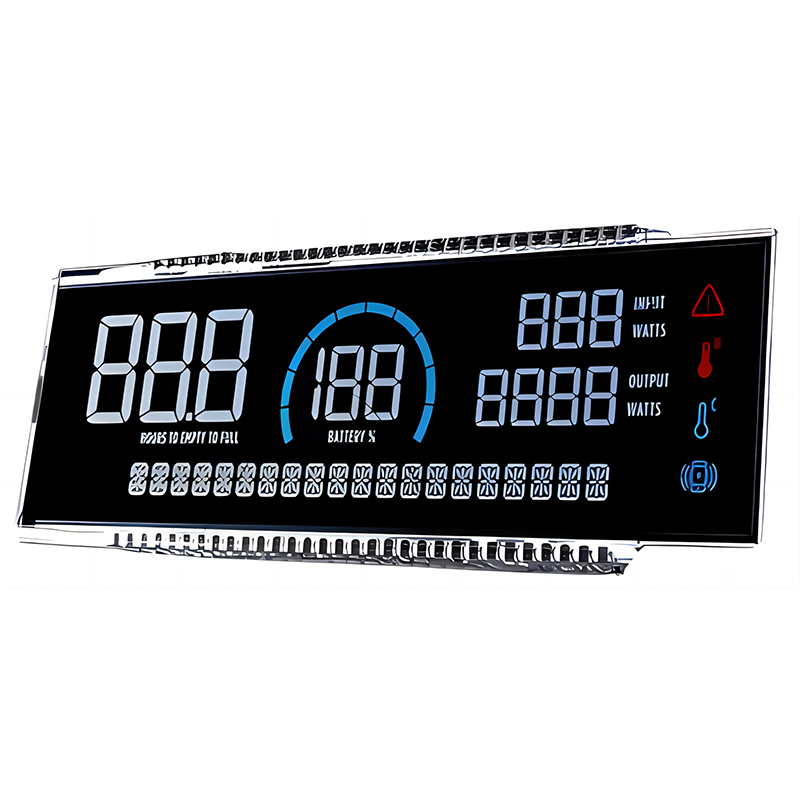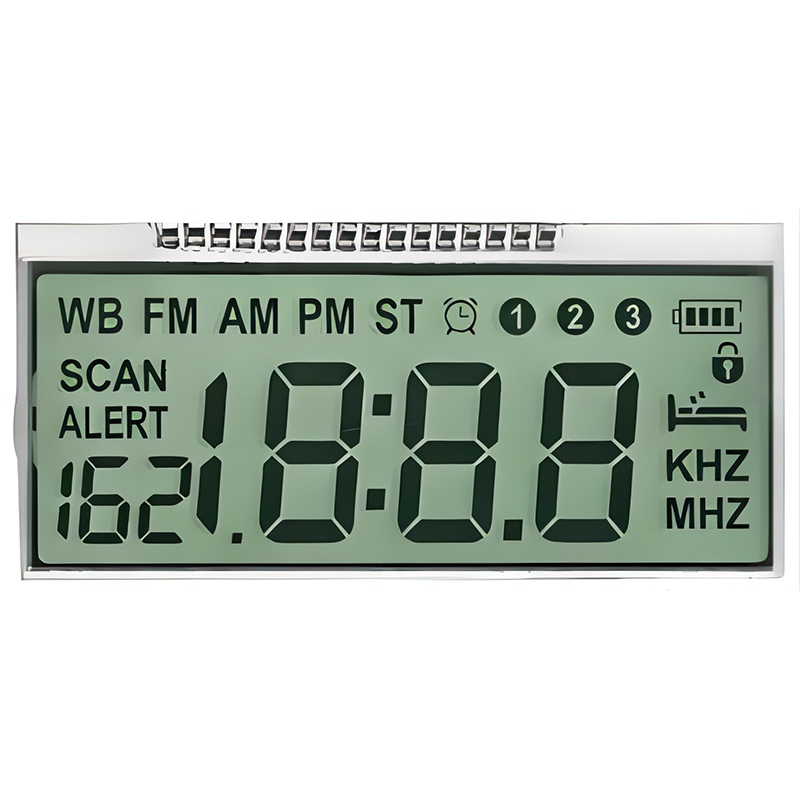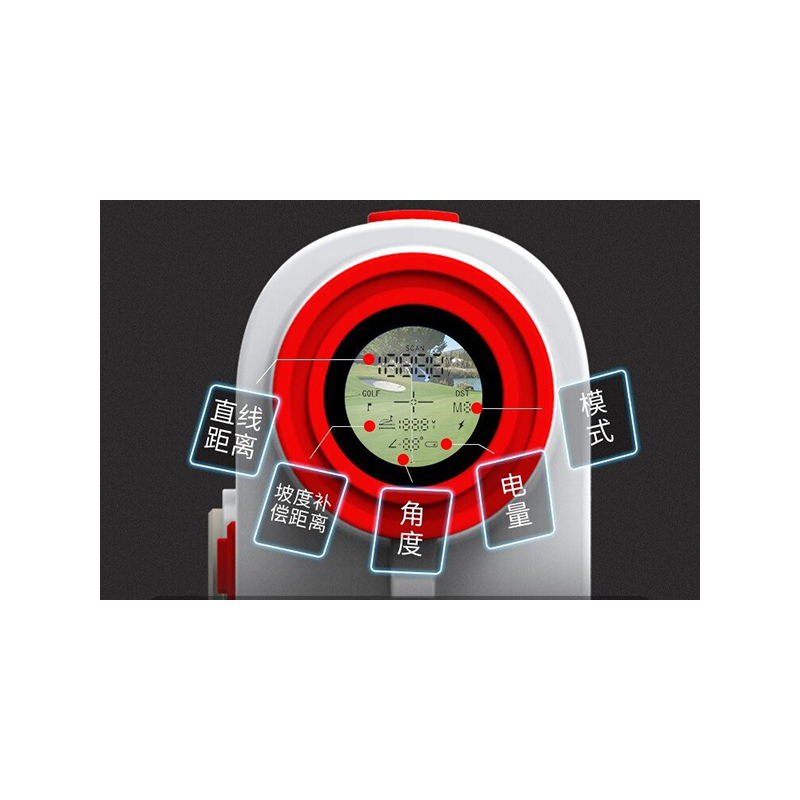
The world of embedded systems is constantly evolving, and high-quality displays are becoming increasingly crucial for user interfaces. ESP TFT displays, which combine the power and versatility of the Espressif ESP32 microcontroller with the visual clarity of a thin-film transistor (TFT) LCD, represent a significant advancement in this field. This guide will provide a comprehensive understanding of ESP TFT displays, exploring their capabilities, applications, and considerations for successful integration into your projects.
An ESP TFT display is a display module that integrates an Espressif ESP32 microcontroller directly onto the display board. This seamless integration simplifies the development process, reducing the need for external microcontrollers and complex wiring. The ESP32 handles the display's control and data processing, making it an efficient and cost-effective solution for a variety of applications.
ESP TFT displays typically feature a range of specifications, including display size (measured diagonally in inches), resolution (pixels), color depth (bits), and interface type (SPI, I2C, etc.). They often offer features like backlight control, touch screen capabilities, and various power-saving modes. Specific specifications vary greatly depending on the manufacturer and model. For detailed information, always consult the manufacturer's datasheet. You can find a wide variety of ESP TFT displays with different specifications to suit your needs.
ESP TFT displays come in various sizes and resolutions. Common sizes range from small displays suitable for wearables to larger displays suitable for embedded systems and industrial applications. The choice depends heavily on the specific application. For instance, a small ESP TFT display might be ideal for a smart watch, while a larger display would be more suitable for a control panel in industrial equipment. High resolution displays offer sharper images, while lower resolutions are suitable for simpler interfaces.
ESP TFT displays are frequently used in embedded systems due to their low power consumption and ease of integration with ESP32 microcontrollers. Common applications include industrial control panels, smart home devices, and data loggers. The rich features offered by the ESP32 allows for sophisticated UI creation, making them extremely versatile for various embedded applications.
The smaller form factors of ESP TFT displays make them an attractive option for wearable devices like smartwatches and fitness trackers. The low power consumption of the ESP32 is particularly beneficial for battery-powered wearables.
The inherent connectivity features of the ESP32 in ESP TFT displays make them ideal for Internet of Things (IoT) devices. They can be easily integrated into network-connected applications, providing valuable visual feedback and control.
Choosing the right ESP TFT display involves careful consideration of several factors: display size, resolution, color depth, interface type, power consumption, and cost. It's essential to align these specifications with the requirements of your project.
Integrating an ESP TFT display generally involves connecting it to the ESP32 microcontroller using the specified interface (SPI or I2C), initializing the display, and then writing code to render graphics and text. This process typically involves using libraries such as the Arduino TFT library or other manufacturer-specific libraries. Numerous online resources and tutorials provide guidance on this aspect. Remember to always consult the datasheet of your chosen display module for detailed integration instructions.
ESP TFT displays offer a powerful and versatile solution for a wide range of applications. Their seamless integration with the ESP32 simplifies development while delivering a high-quality visual experience. By carefully considering the various factors discussed in this guide, you can select and integrate the perfect ESP TFT display to meet the needs of your project. For high-quality displays and reliable support, consider exploring options from reputable manufacturers like Dalian Eastern Display Co., Ltd.


